Home>Home Appliances>Cleaning Appliances>How To Reverse A Vacuum Cleaner To Blow
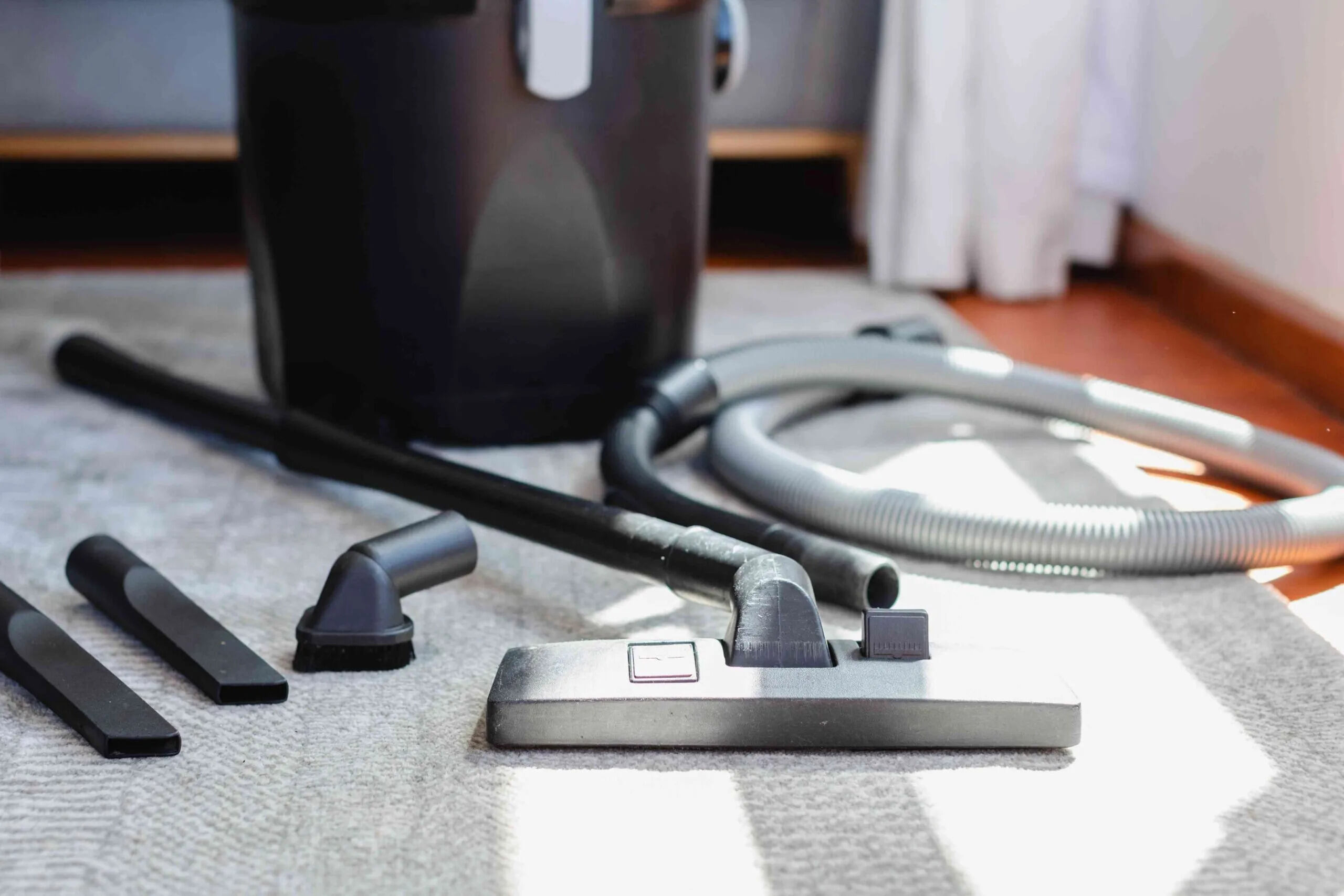

Cleaning Appliances
How To Reverse A Vacuum Cleaner To Blow
Modified: January 18, 2024
Learn how to reverse your vacuum cleaner for blowing instead of sucking. Useful cleaning appliances tips for a cleaner home.
(Many of the links in this article redirect to a specific reviewed product. Your purchase of these products through affiliate links helps to generate commission for Storables.com, at no extra cost. Learn more)
Introduction
Welcome to the world of vacuum cleaners, where these humble household appliances play a crucial role in keeping our homes clean and tidy. While we typically associate vacuum cleaners with suction capabilities to effectively remove dirt and debris from floors and surfaces, did you know that some models can also be reversed to blow air? In this comprehensive guide, we will delve into the fascinating process of reversing a vacuum cleaner to harness its blowing functionality. By understanding the intricacies of this transformation, you can unlock a whole new range of cleaning and maintenance possibilities for your living space.
Whether you are a seasoned cleaning enthusiast or a curious homeowner seeking to maximize the utility of your vacuum cleaner, this article will provide valuable insights into the mechanics and safety considerations associated with reversing a vacuum cleaner. Join us as we embark on a journey to explore the inner workings of these versatile appliances and uncover the steps to unleash their blowing capabilities. Get ready to revolutionize the way you approach cleaning tasks and discover the untapped potential of your trusty vacuum cleaner.
Key Takeaways:
- Unlock new cleaning possibilities by reversing your vacuum cleaner to blow, from clearing outdoor debris to delicate cleaning tasks.
- Prioritize safety and follow manufacturer’s guidelines when reversing your vacuum cleaner for blowing, ensuring efficient and trouble-free operation.
Read more: Why Is My Vacuum Cleaner Blowing Out Air
Understanding Your Vacuum Cleaner
Before delving into the process of reversing a vacuum cleaner to enable blowing, it’s essential to grasp the fundamental components and functions of this indispensable cleaning tool. Most traditional vacuum cleaners are designed with a primary focus on suction, utilizing a motorized fan to create a powerful airflow that draws in dirt and debris through the cleaning nozzle or attachment. This suction mechanism effectively traps the collected particles within the vacuum’s dustbin or filter, ensuring efficient cleaning results.
Furthermore, many modern vacuum cleaners are equipped with versatile features and attachments, such as crevice tools, upholstery brushes, and extension wands, to facilitate thorough cleaning across various surfaces and hard-to-reach areas. These attachments enhance the vacuum’s adaptability, enabling users to tackle diverse cleaning challenges with ease.
When considering the possibility of reversing a vacuum cleaner for blowing purposes, it’s crucial to identify whether your specific model offers this functionality. While not all vacuum cleaners are designed to perform in reverse, certain models are engineered with a reversible airflow option, allowing them to expel air instead of solely drawing it in. Understanding the capabilities and limitations of your vacuum cleaner is the first step toward harnessing its full potential and exploring alternative cleaning techniques.
Moreover, familiarizing yourself with the manufacturer’s instructions and recommendations for your vacuum cleaner is essential for safe and effective operation. By gaining a comprehensive understanding of your vacuum cleaner’s design, features, and operational guidelines, you can approach the process of reversing it with confidence and precision. Now that we’ve established a foundational understanding of vacuum cleaner functionality, let’s proceed to explore the transformative process of reversing the airflow to enable blowing.
Reversing the Vacuum Cleaner
Reversing a vacuum cleaner to utilize its blowing functionality involves a strategic manipulation of its airflow direction, typically achieved through a straightforward adjustment or modification. While not all vacuum cleaner models are designed to support this feature, certain units are equipped with a reversible motor or airflow switch, enabling users to redirect the airflow for blowing purposes.
To determine whether your vacuum cleaner is capable of being reversed for blowing, refer to the manufacturer’s documentation or user manual for specific guidance. Additionally, you can inspect the vacuum cleaner’s control panel or settings to identify any dedicated switches or indicators related to airflow direction. If your vacuum cleaner is indeed designed for reversible airflow, you can proceed with the following steps to initiate the transformation:
- Locate the Airflow Control: Identify the designated airflow control mechanism on your vacuum cleaner, which may be a switch, dial, or lever specifically intended for adjusting the airflow direction.
- Activate the Reversible Mode: If your vacuum cleaner features a reversible airflow option, follow the manufacturer’s instructions to activate the blowing mode. This may involve toggling a switch or adjusting a control to redirect the airflow outward instead of inward.
- Secure Attachments for Blowing: Once the reversible mode is engaged, ensure that the appropriate blowing attachments, such as a blower nozzle or extension wand, are securely connected to the vacuum cleaner’s outlet to facilitate efficient airflow dispersion.
- Test the Blowing Function: With the necessary precautions in place, activate the vacuum cleaner in its reversed state to initiate the blowing function. Observe the airflow and adjust the settings as needed to achieve the desired blowing intensity and coverage.
It’s important to note that reversing a vacuum cleaner for blowing purposes should be performed in accordance with the manufacturer’s guidelines and safety precautions. Additionally, if your vacuum cleaner does not support reversible airflow or lacks specific instructions for this functionality, it is advisable to refrain from attempting to force the appliance into a configuration it was not designed for, as doing so may lead to operational issues or damage.
By understanding the process of reversing a vacuum cleaner for blowing and adhering to the recommended procedures, you can leverage this versatile feature to tackle a wide range of cleaning and maintenance tasks with enhanced efficiency and precision.
To reverse a vacuum cleaner to blow, locate the exhaust port and attach the hose. Make sure the intake port is closed. Be cautious of any debris that may be blown around.
Safety Precautions
When it comes to reversing a vacuum cleaner for blowing purposes, prioritizing safety measures is paramount to prevent potential hazards and ensure smooth, incident-free operation. Before embarking on the process of redirecting your vacuum cleaner’s airflow for blowing, consider the following essential safety precautions to safeguard both the appliance and the surrounding environment:
- Read the Manufacturer’s Guidelines: Familiarize yourself with the manufacturer’s recommended practices and safety instructions pertaining to the reversible airflow functionality of your specific vacuum cleaner model. Adhering to these guidelines will help mitigate risks and optimize the appliance’s performance.
- Inspect the Blowing Attachments: Prior to engaging the vacuum cleaner in its reversed state, ensure that the blowing attachments, such as nozzles or extension wands, are securely attached and free from any damage or obstructions. Loose or damaged attachments can compromise the airflow and pose potential safety hazards.
- Clear the Surrounding Area: Create a clear and unobstructed workspace for utilizing the vacuum cleaner in its blowing configuration. Remove any potential obstacles, loose objects, or debris that could interfere with the airflow or cause unintended disturbances during operation.
- Protective Gear: Consider wearing appropriate protective gear, such as safety goggles and dust masks, especially when using the vacuum cleaner for blowing tasks that may generate airborne particles or debris. This precautionary measure helps safeguard your eyes and respiratory system from potential irritants.
- Maintain Stable Footing: Ensure stable footing and balance while operating the vacuum cleaner in its reversed state to prevent accidental slips or falls. Be mindful of the power cord and maintain a secure grip on the appliance to minimize the risk of tripping or loss of control.
- Observe Electrical Safety: Prioritize electrical safety by verifying that the vacuum cleaner’s power cord and plug are in good condition, without any fraying or exposed wiring. Additionally, avoid using the appliance in wet or damp environments to prevent electrical hazards.
By conscientiously observing these safety precautions and exercising caution throughout the process of reversing your vacuum cleaner for blowing, you can mitigate potential risks and create a secure environment for efficient and trouble-free operation. Prioritizing safety not only safeguards the longevity of your vacuum cleaner but also promotes a secure and comfortable cleaning experience for you and your household.
Conclusion
As we conclude our exploration of reversing a vacuum cleaner to unleash its blowing capabilities, it’s evident that this transformative process opens up a world of versatile cleaning and maintenance opportunities. By understanding the mechanics of airflow reversal and adhering to safety precautions, you can harness the full potential of your vacuum cleaner to tackle a diverse array of tasks with enhanced precision and efficiency.
From clearing debris in outdoor spaces to directing airflow for delicate cleaning applications, the ability to reverse your vacuum cleaner for blowing empowers you to adapt to various cleaning challenges with ease. Whether it’s removing leaves from your patio, clearing dust from intricate fixtures, or inflating air mattresses, this feature amplifies the utility of your vacuum cleaner, transforming it into a multifaceted cleaning ally.
It’s important to emphasize the significance of consulting the manufacturer’s guidelines and user manual to ascertain whether your specific vacuum cleaner model supports reversible airflow. Respecting the appliance’s intended functionality and adhering to recommended practices ensures safe and effective operation, safeguarding both the appliance and its users from potential risks.
By integrating the insights and precautions outlined in this guide, you are well-equipped to navigate the process of reversing your vacuum cleaner for blowing, unlocking a new dimension of cleaning versatility while prioritizing safety and operational integrity. Embrace the potential of your vacuum cleaner as a dynamic tool capable of not only suction-based cleaning but also precision-directed airflow for a myriad of practical applications.
As you embark on your journey to harness the blowing capabilities of your vacuum cleaner, remember to approach the process with confidence, mindfulness, and a keen eye for safety. With the knowledge and precautions at your disposal, you are poised to elevate your cleaning endeavors and maximize the value of this indispensable household appliance.
Frequently Asked Questions about How To Reverse A Vacuum Cleaner To Blow
Was this page helpful?
At Storables.com, we guarantee accurate and reliable information. Our content, validated by Expert Board Contributors, is crafted following stringent Editorial Policies. We're committed to providing you with well-researched, expert-backed insights for all your informational needs.
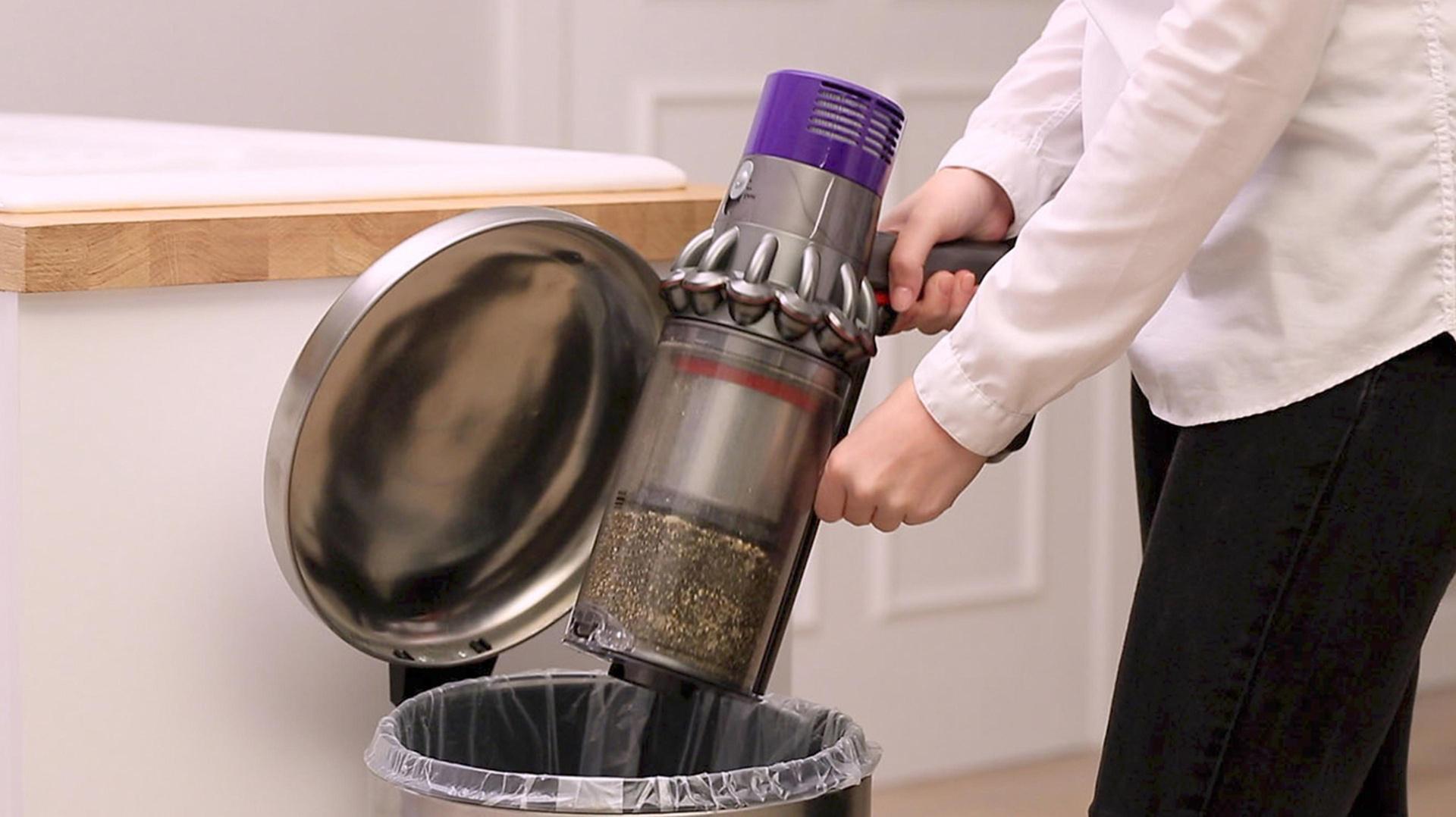
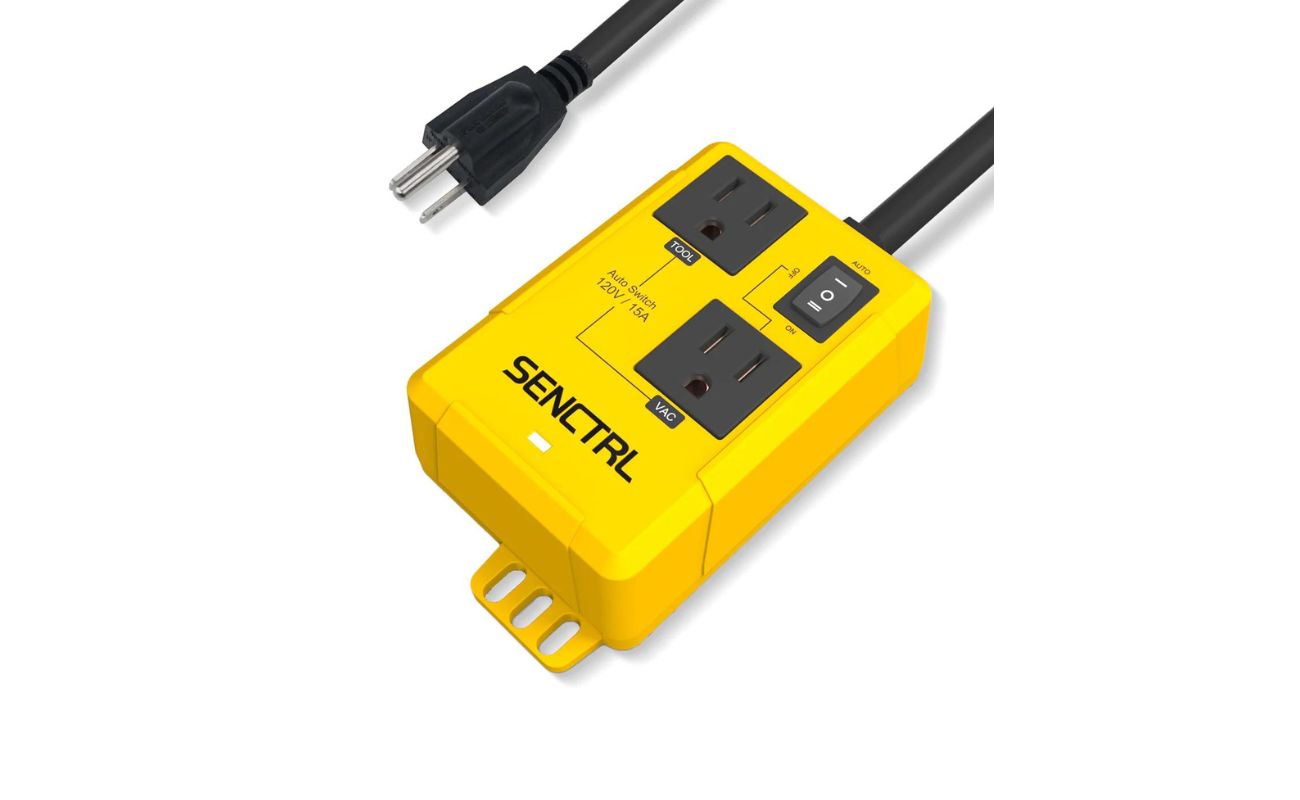
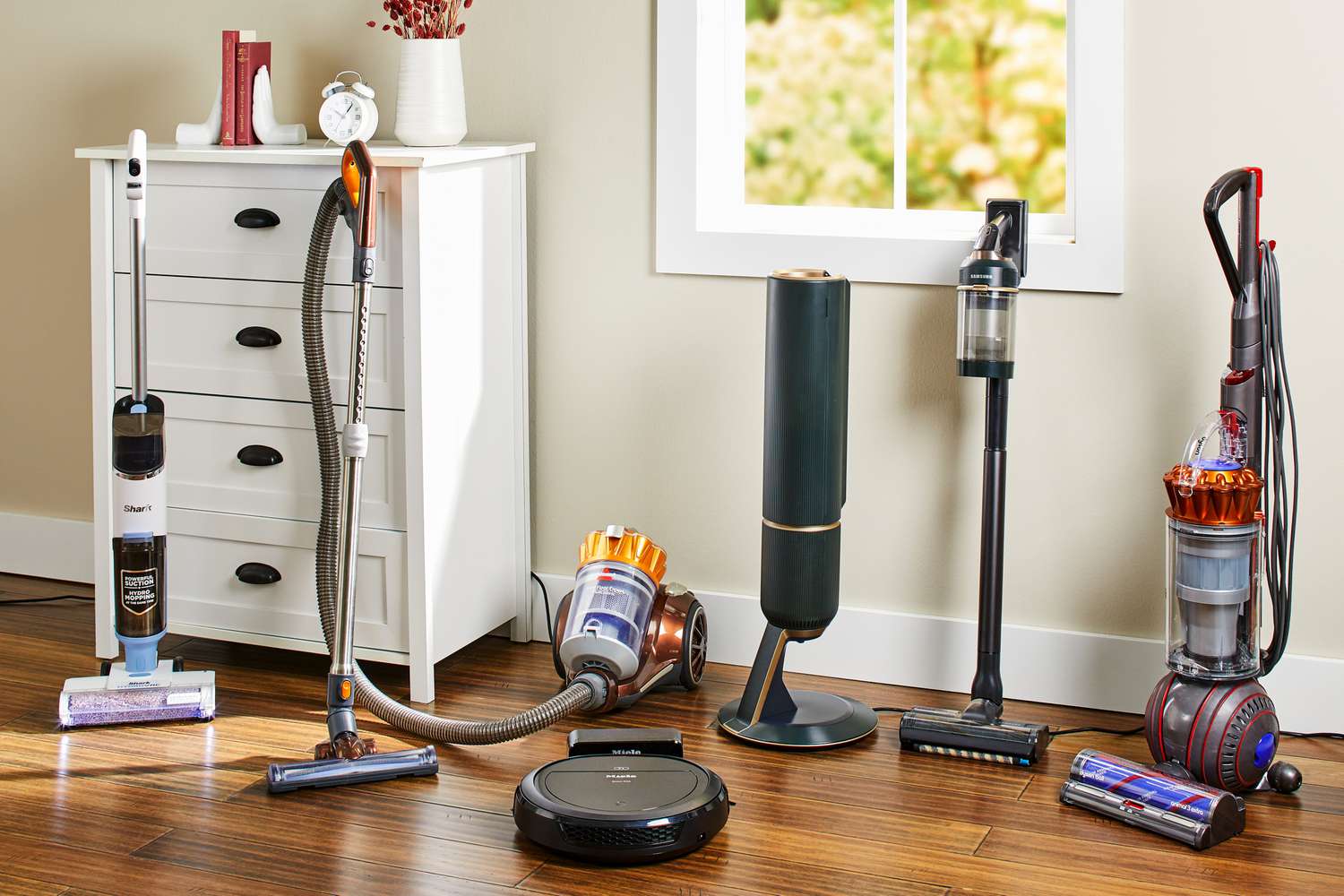
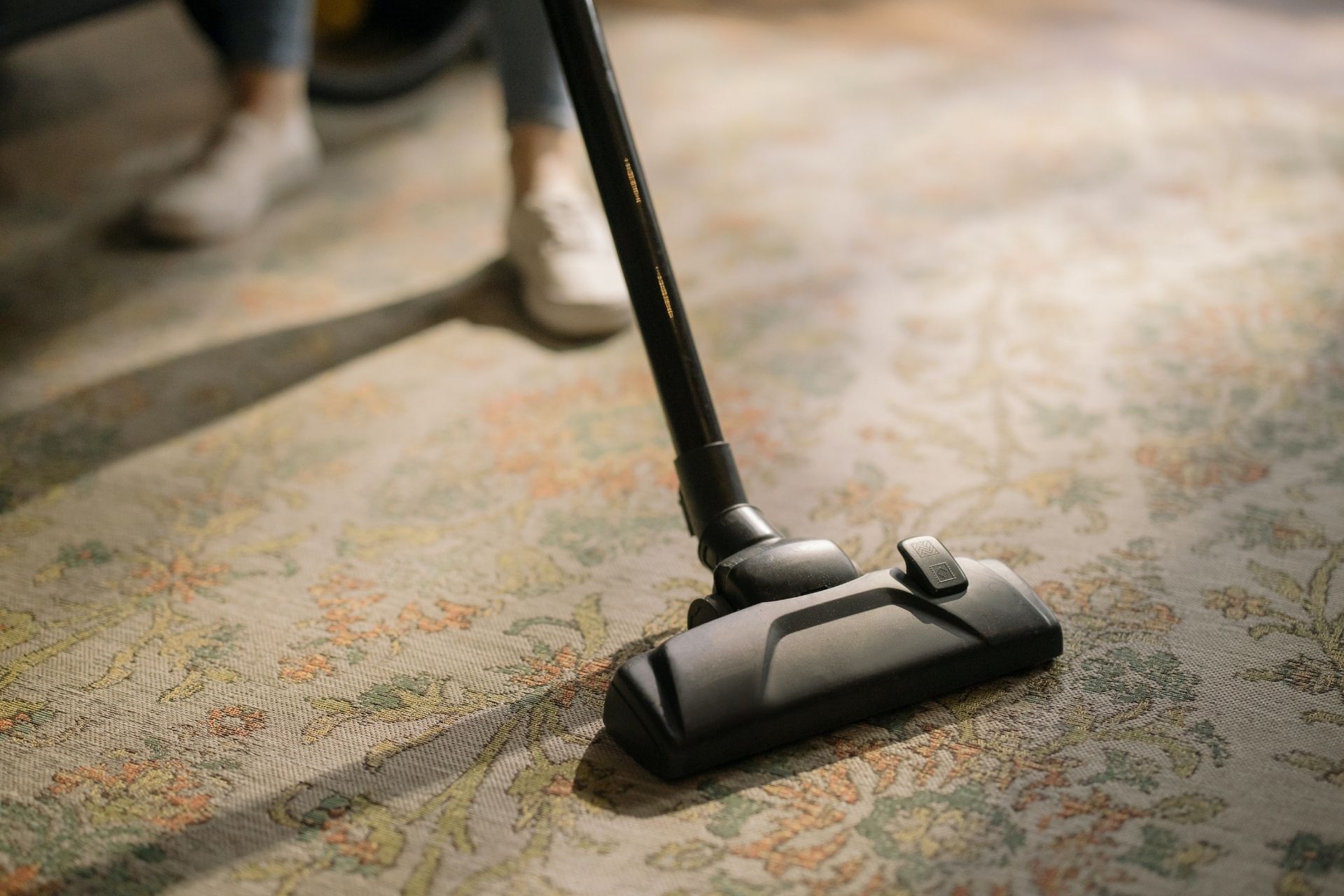
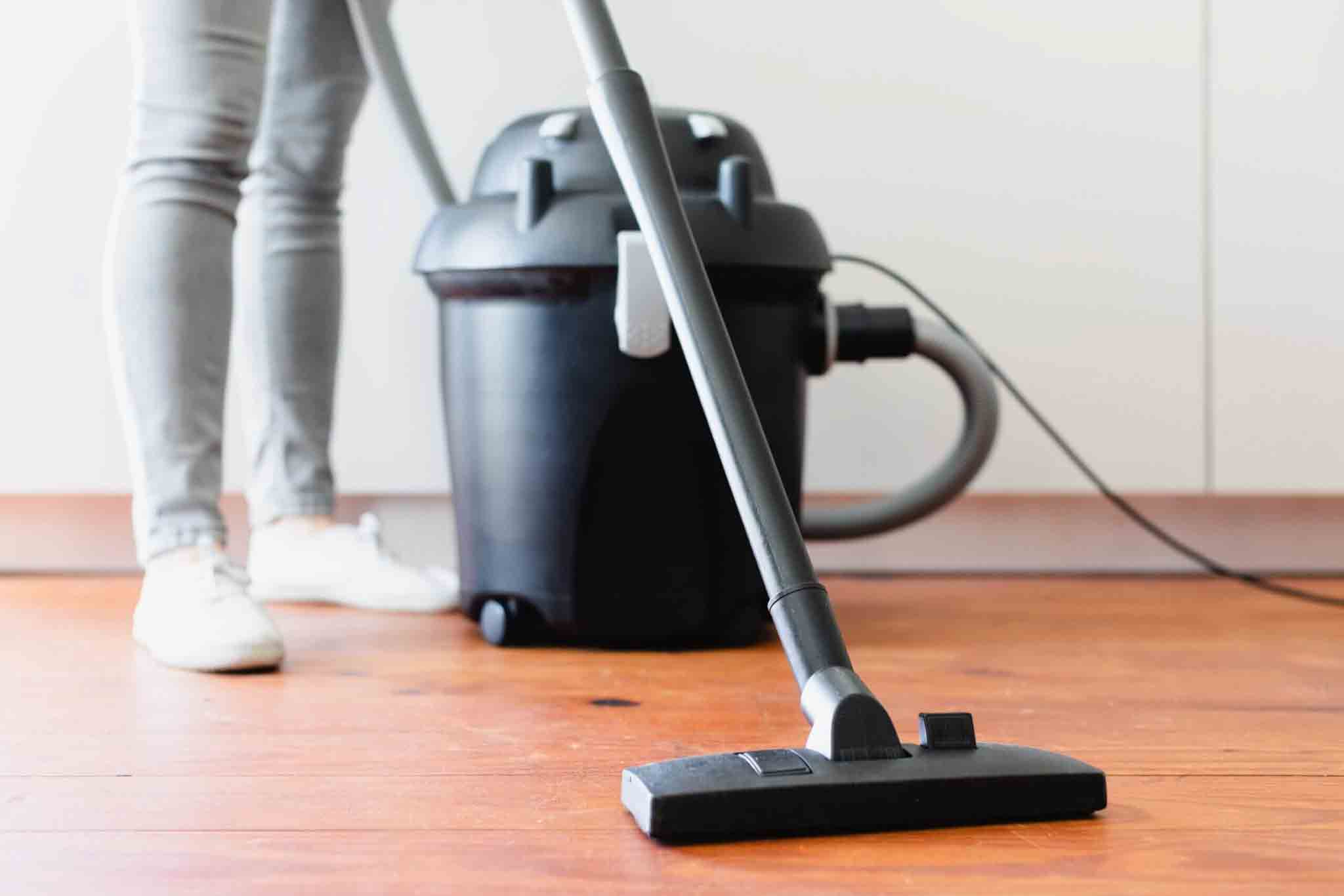
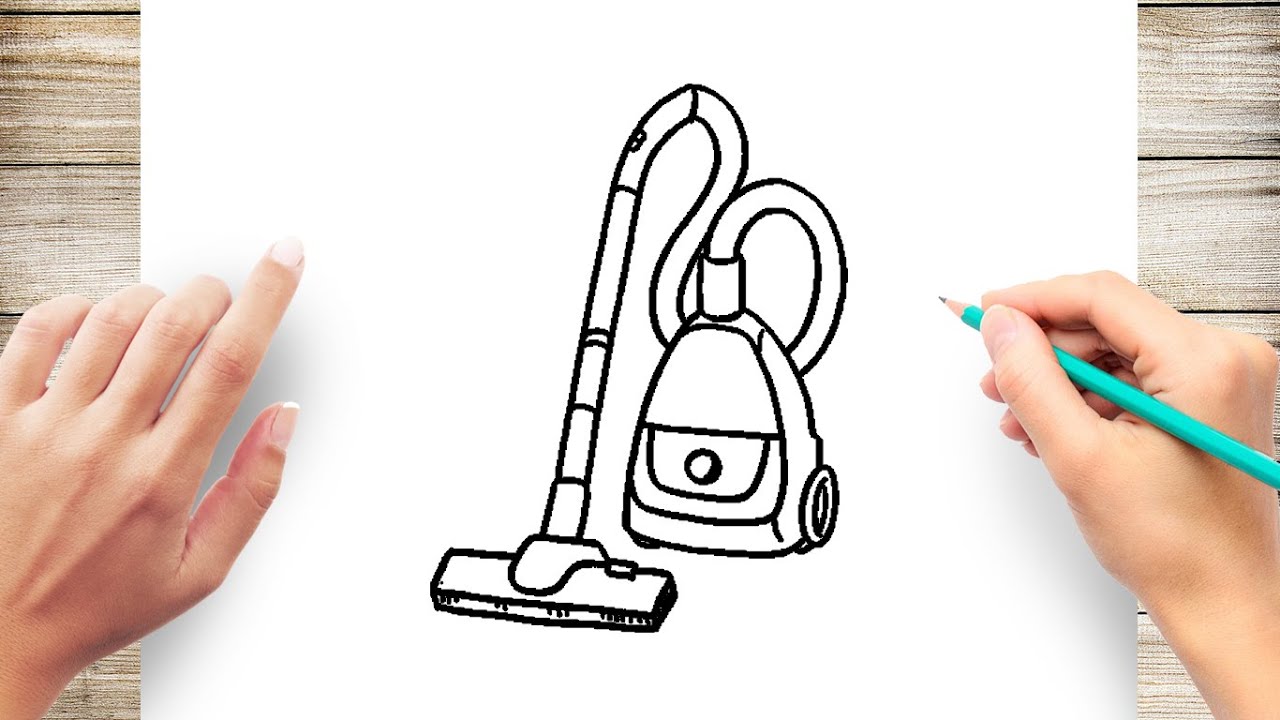
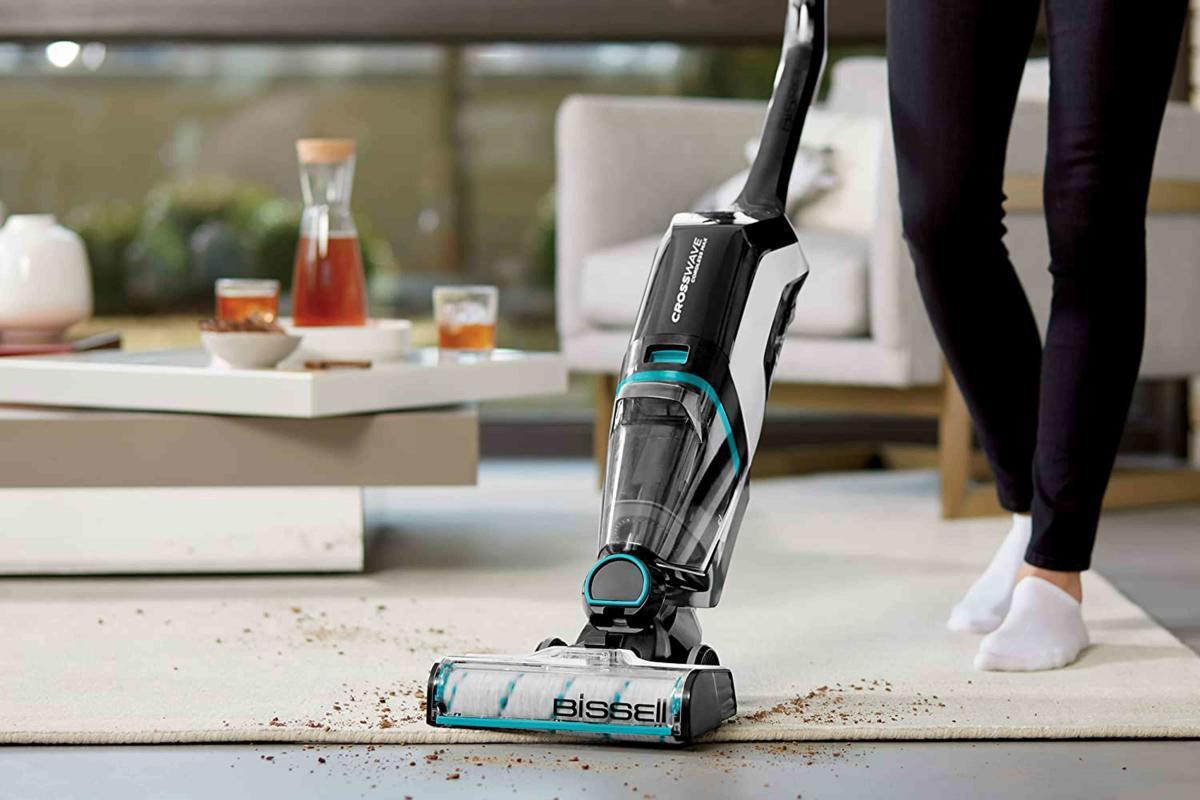
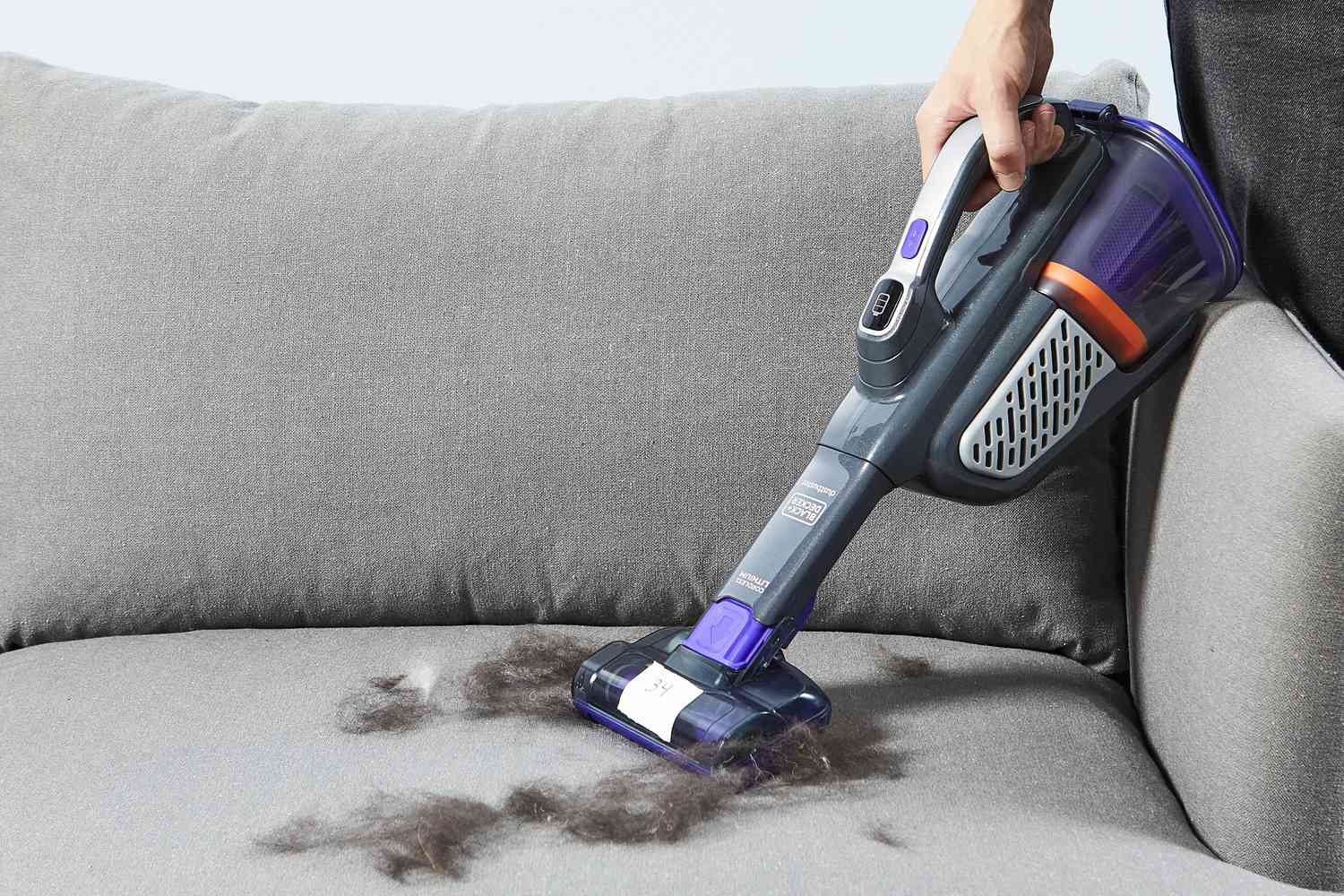
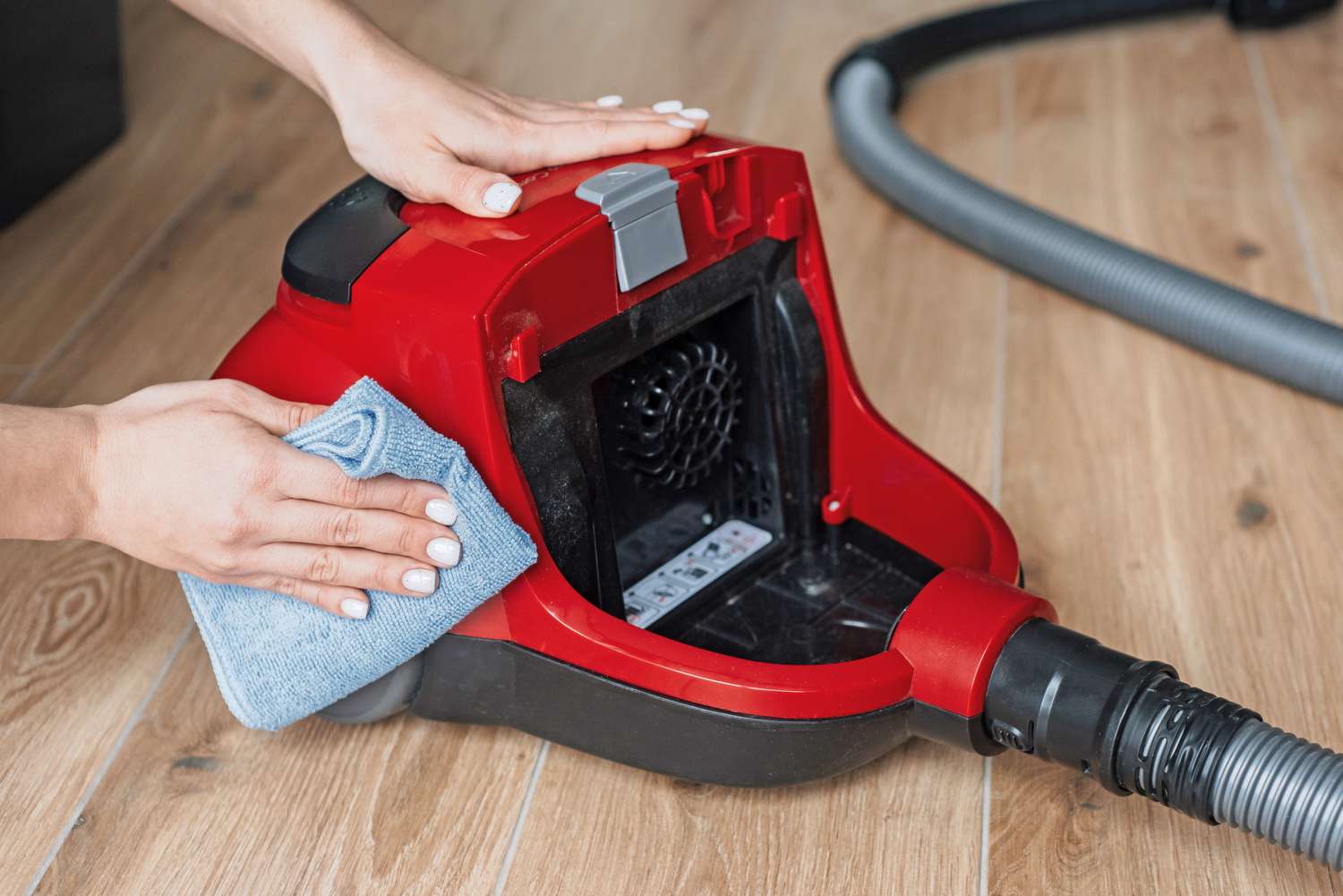
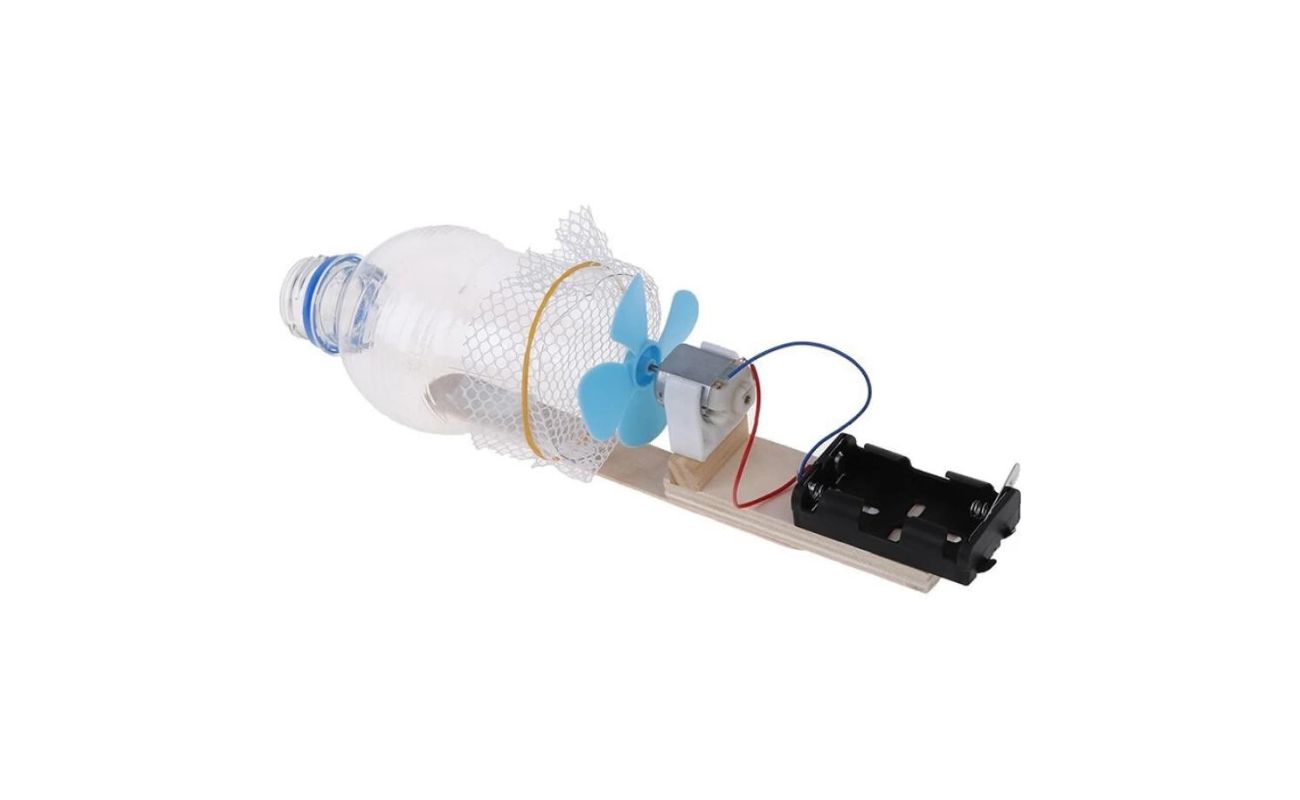
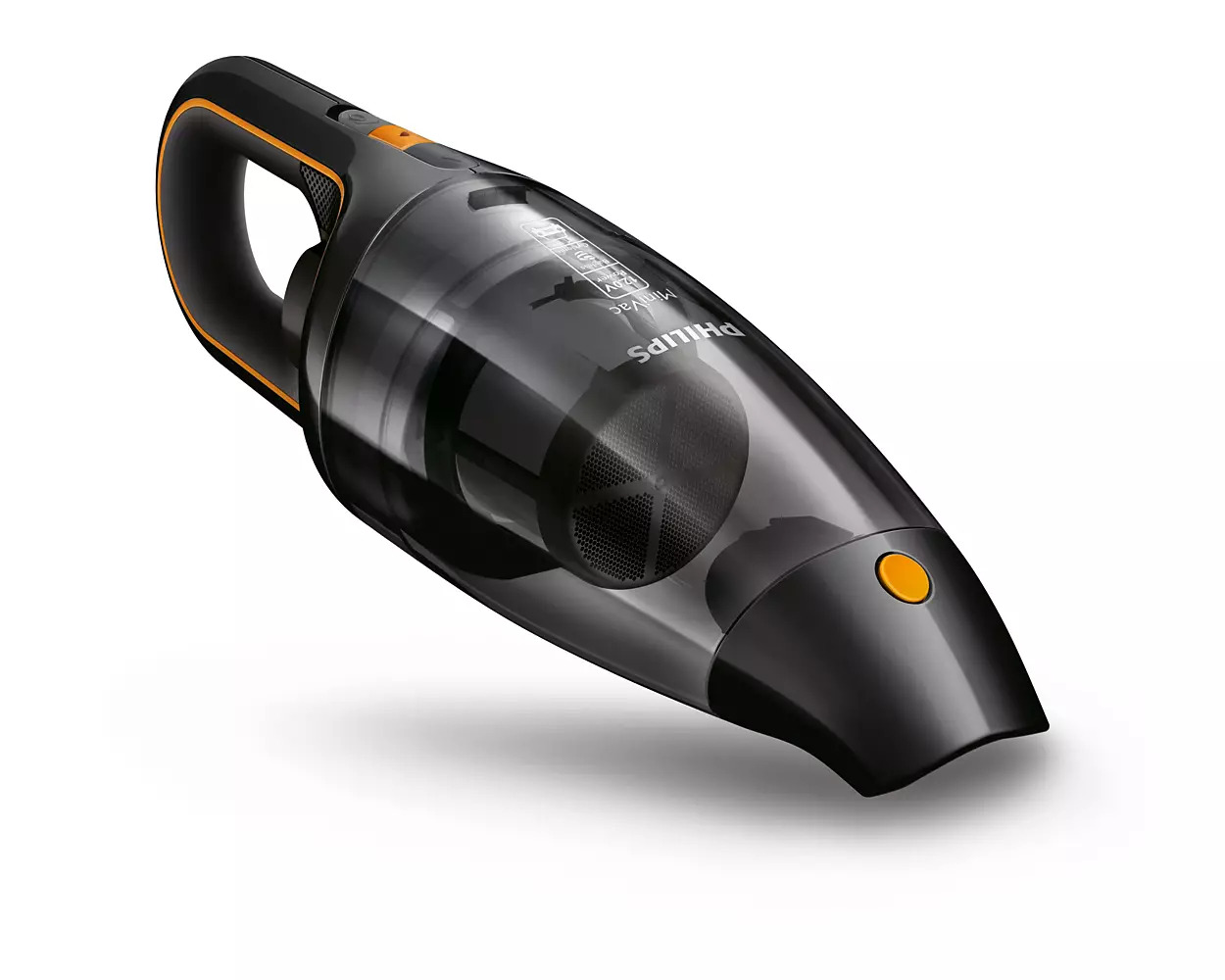
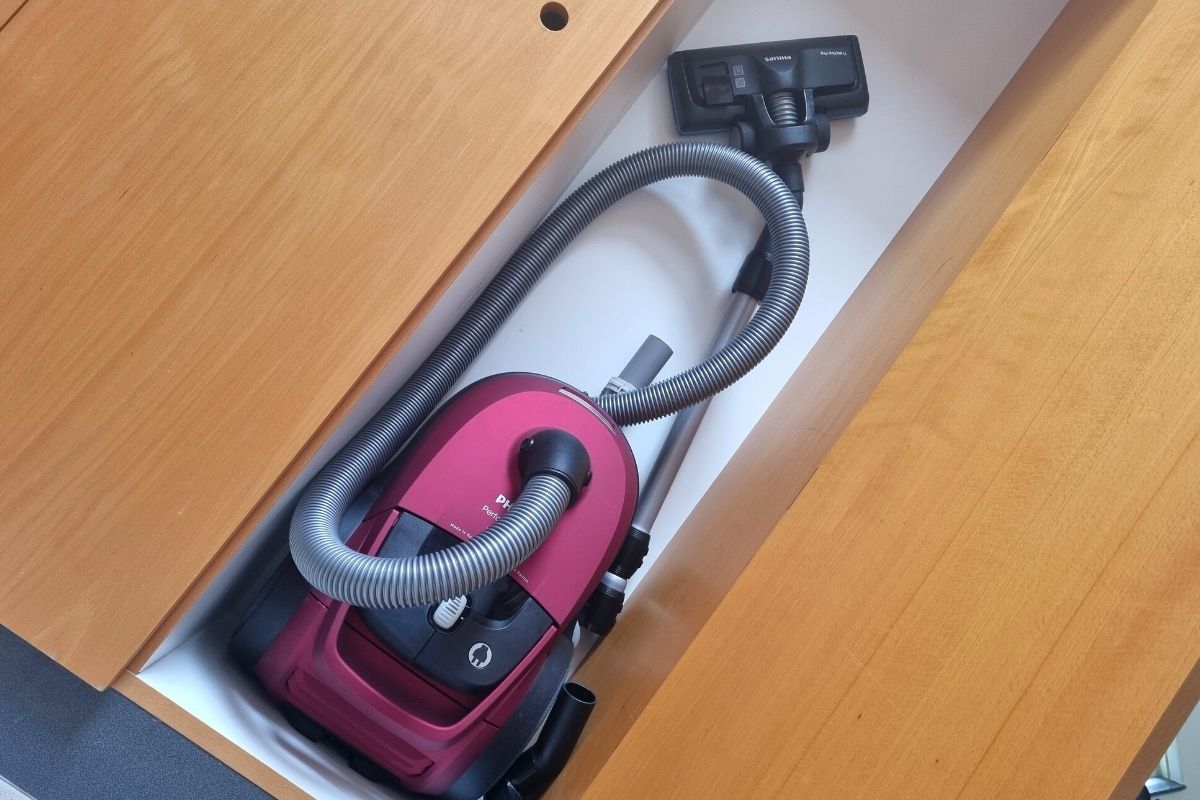
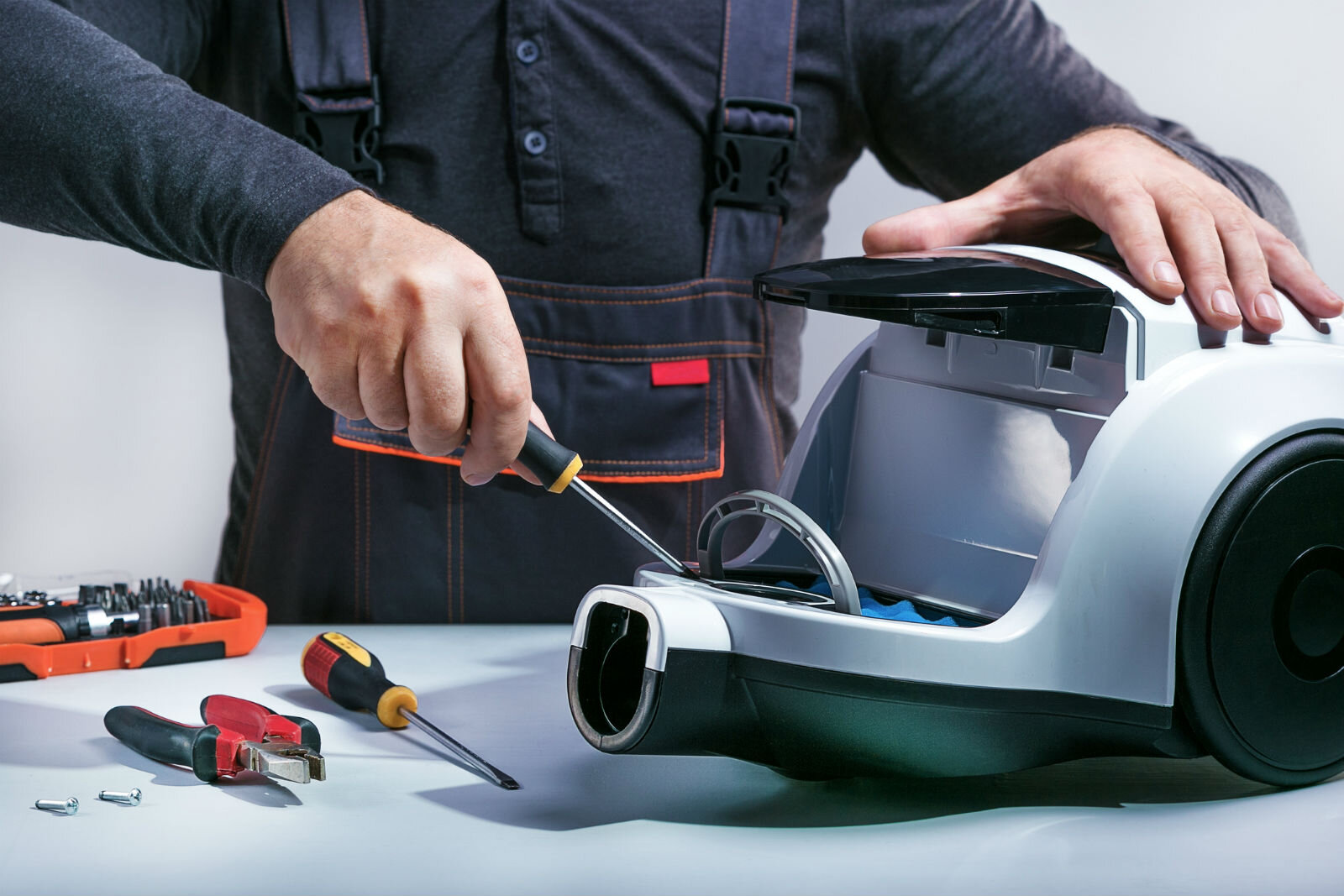
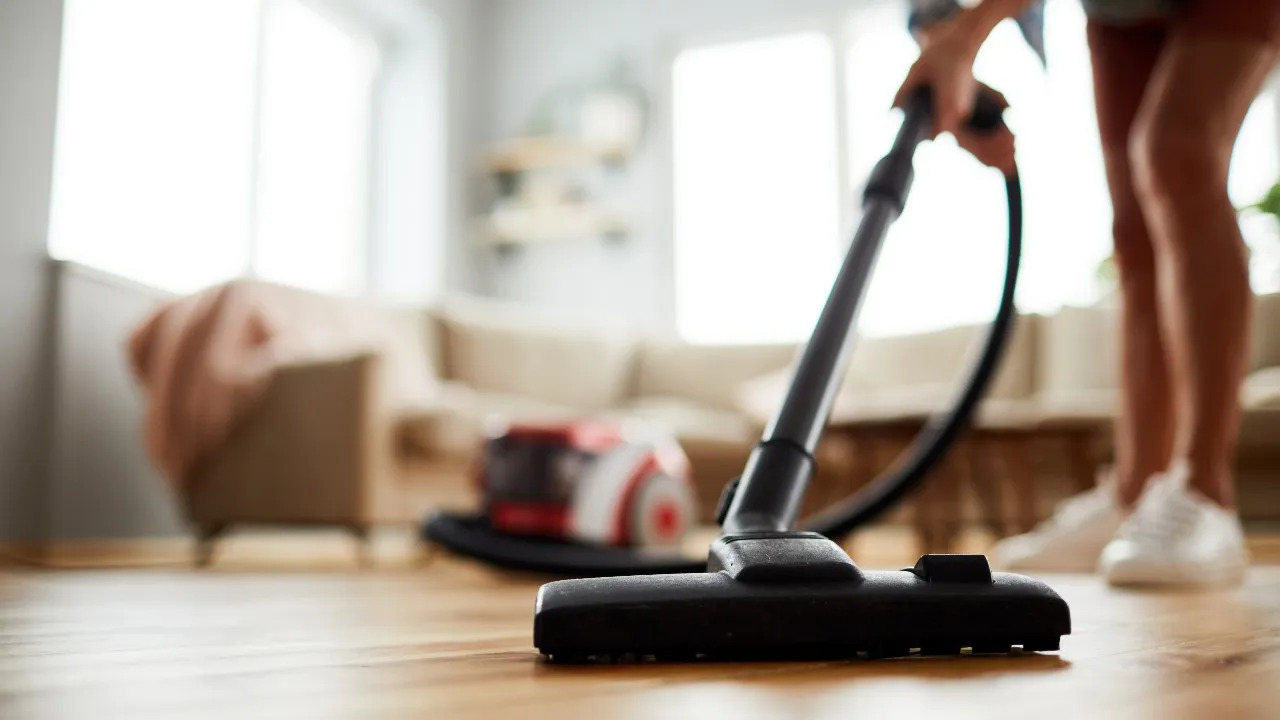
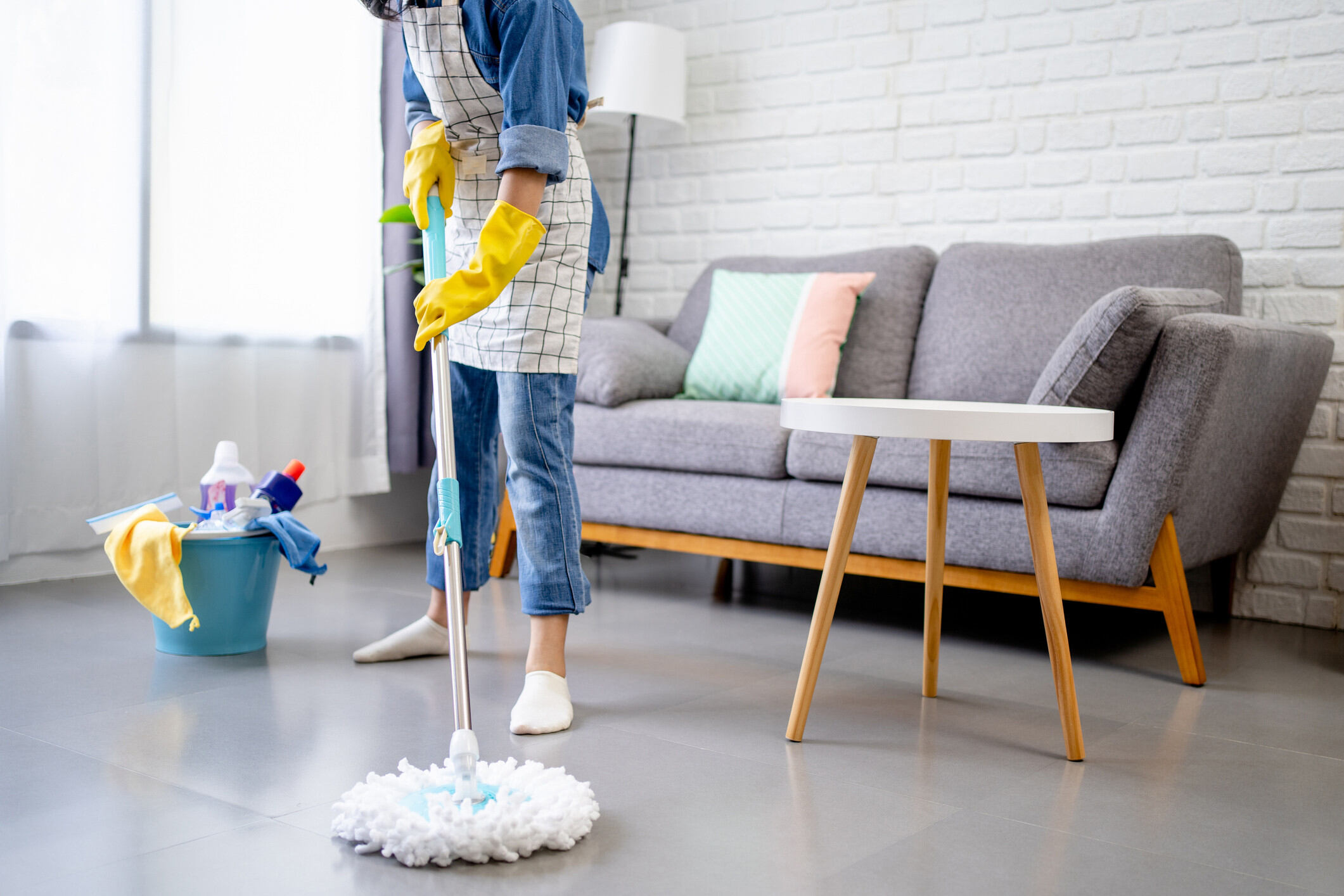

0 thoughts on “How To Reverse A Vacuum Cleaner To Blow”